We all love a good Windows update that fixes previous bugs that hinder your user experience. On top of that, a couple of fresh new features that come with it can be a great addition. However, with the updates, old Windows files tend to clutter up your SSD. All the valuable space that you have in your SSD is filled up with useless files. You do not need the old Windows files since you are using the newer ones. So here’s the ultimate article on how to
Contents
Solution 1: Remove Temporay files
You can gain information about the temporary files from the settings apps. These temporary files can be further broken down into categories including Windows update files. So accessing the old Windows files from the temporary files is what you need to do.
- Using the Settings app, you can easily remove outdated Windows update files from your PC to free up storage space.
- To begin, either use the Windows key + I shortcut to open the Settings app or perform a right-click on the Start menu icon.
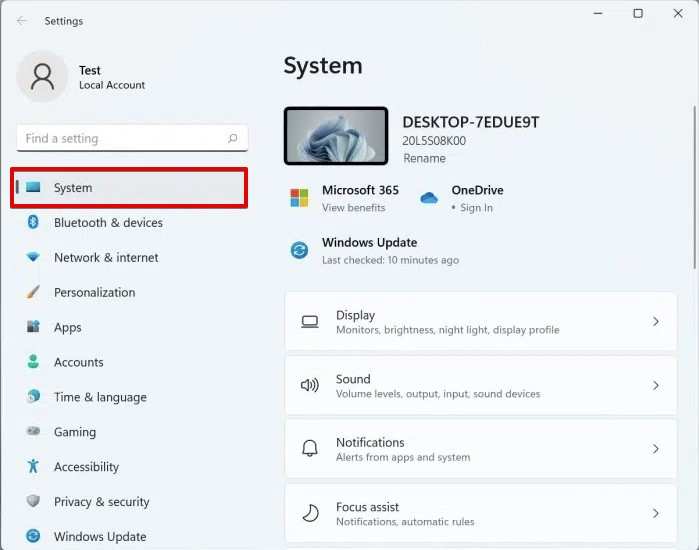
- Find and select the storage option in “System”.
Navigate to the Temporary Files section to view a list of all the temporary files that are currently on your computer.
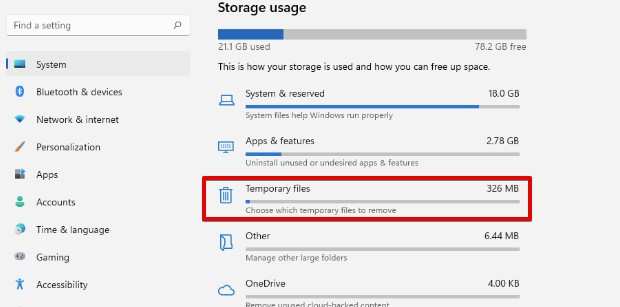
- Check the “Windows Update Cleanup” and “Delivery Optimization Files” to target older Windows update files specifically.
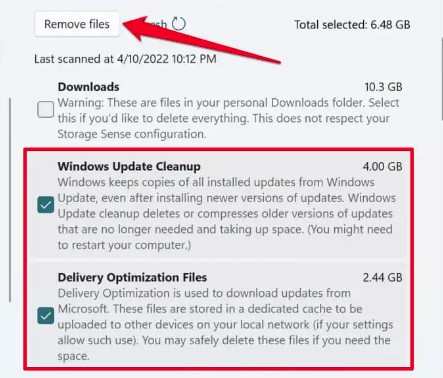
- Make sure to leave the other options unchecked.
- Click the ‘Remove files’ button located at the top after selecting the desired categories.
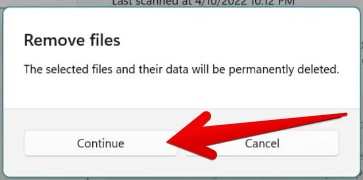
- When prompted, confirm your action, and Windows will effectively remove the selected files, giving your computer back valuable storage space.
With the help of this simple procedure, users can effectively manage the storage on their PC and ensure peak performance by getting rid of clutter from old Windows updates.
Solution 2: Utilize The Disk Cleanup Tool
Maintaining optimal performance on your PC requires effective storage space management, and Windows Disk Cleanup tool offers a handy way to get rid of outdated Windows update files.
- Use the Taskbar’s Search icon to start this process by typing “disk cleanup.”
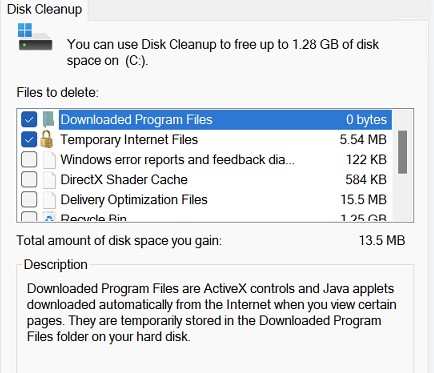
- To make sure the tool has the required permissions, select “Run as administrator”.
- Select your primary drive from the drop-down menu in the Disk Cleanup window, then click OK.
- Then, to target outdated update files specifically, check the boxes for “Windows Update Cleanup” and “Delivery Optimization Files.”
- Click OK to continue after you’ve checked these options.
Verify your selection by selecting “Delete Files,” and the Disk Cleanup utility will effectively remove superfluous files, including data from previous Windows updates. This simplified method enables users to recover storage space with ease, improving the overall functionality and responsiveness of their Windows computer. Using the Disk Cleanup tool on a regular basis is a preventative step to make sure your system stays organized and running as efficiently as possible.
Solution 3: Use the Software Distribution folder
Windows stores the old files of the previous Windows version in the distribution folder. Such files stay in the folder as Windows does not automatically delete them. Windows update. So after installing the updated version of your OS and running it for a few days, you can delete the old files. Keep in mind that the Windows update service has to be running when you perform this task.
- In the search bar of Start, type “services” and choose the one with a settings-like icon.
- You will see the Windows Service tab open where you will see tons of services. Below the “Name” column, look for “Windows Update” and right-click on it.
- The next step is doing a simple hit on “Stop”.
- Cut the Windows Sevice Tab
- Hit the key combination “Win” + “R” to open Run.
- Inside the typing area of the Run command, type “C:\Windows\SoftwareDistribution”. Hit OK.
- Delete all the files inside of the folder which will open up.
- After deleting all the files inside SoftwareDistribution, open the service tab again and find the “Windows Update” service. Do a right-click and hit “Start”.
Conclusion
We have provided three ultimate methods that you can use to delete your Windows update files. By doing that, you will see tons of SSD storage which you can use to add useful programs and other media. From time to time, you should look for temporary Windows files and remove them to run your PC optimally.



